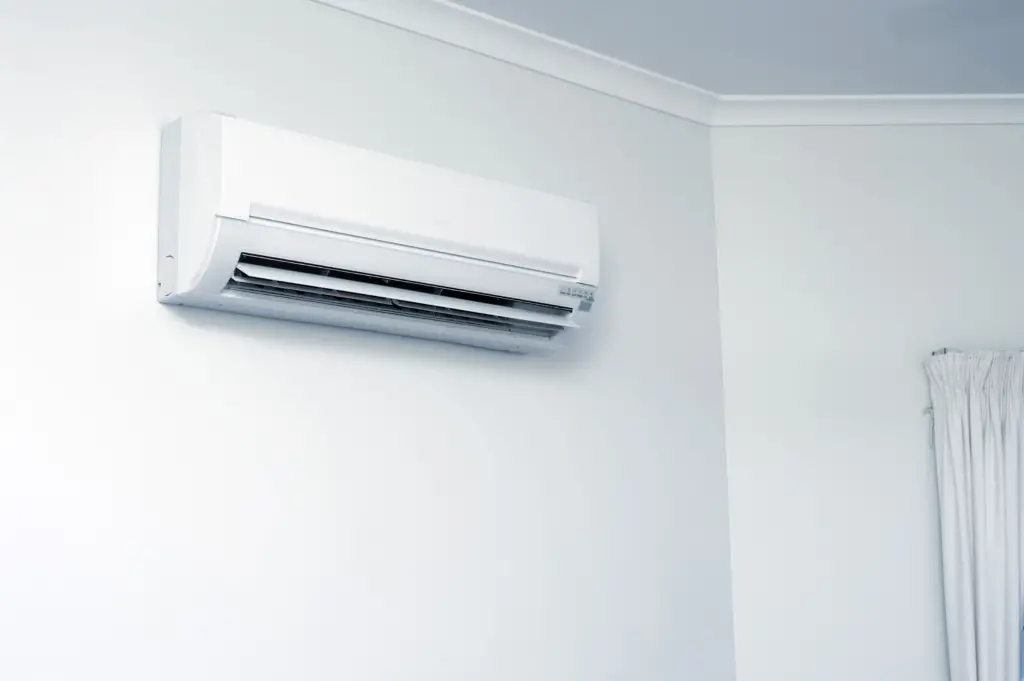Whether you’re indoors or outside, the quality of the air you breathe can have a huge impact on your health. Studies have linked poor outdoor air quality to serious health consequences.
According to the Environmental Protection Agency (EPA), the air inside your home can be more contaminated than the outside air. According to research, we spend the majority of our time indoors, making it even more important to begin cleansing our indoor air.
Sources of Indoor Air Pollution
There are numerous reasons why your indoor air may be polluted. According to the EPA, certain sources, such as furnishings and construction materials, might emit toxins on a continuous basis. Pollutants are released intermittently from other sources, such as smoking, cleaning, and remodeling.
Unvented or malfunctioning appliances can emit potentially dangerous levels of pollutants indoors (thus the importance of having a working carbon monoxide detector). Even popular and practical appliances (gas stoves, for example) have a reputation for being terrible for air quality.
And if you believe spraying fragrant air freshener will clean your air, think again. That aroma is also a sort of indoor air pollution, and most air fresheners simply introduce more potentially toxic chemicals into your house.
According to a study published in The Lancet, the health effects of those chemicals cost approximately $340 billion per year in treatment and lost productivity costs.
Here are some strategies for enhancing indoor air quality without using dangerous chemicals.
12 Ways to Get Clean Air Without Harmful Chemicals
1. Open Your Windows

It’s the simplest (and cheapest!) way to improve your indoor air quality. Open your windows for even five minutes every day to help reduce the accumulation of dangerous air pollutants in your indoor air.
Consider sleeping with a window cracked open at night (or additional blankets in the cold) to guarantee a pure air supply. Always open windows in rooms you’re cleaning; the fresh air will improve the overall impression of cleanliness.
2. Spruce Up Your Decor With Houseplants

Several species of houseplants remove typical volatile organic pollutants from the indoor air. The American Society for Horticultural Science published a study that found that having indoor houseplants can assist enhance indoor air quality. Spider plants, for example, can reduce levels of benzene, formaldehyde, carbon monoxide, and nitrogen dioxide.
NASA has also commented on this issue, stating that “both plant leaves and roots are utilized in removing trace levels of toxic vapors from inside tightly sealed buildings. Low levels of chemicals such as carbon monoxide and formaldehyde can be removed from indoor environments by plant leaves alone.”
3. Opt for Essential Oil Diffusers

Some essential oils, such as tea tree oil, have antibacterial properties and can be used to make DIY household cleaners or used directly to the skin to cure minor cuts. Did you know that these oils can also prevent airborne bacteria? Essential oils such as eucalyptus, clove, and lavender have been shown to help reduce the quantity of dust mites in your home. Learn how to make an essential oil diffuser.
4. Opt for Beeswax Candles

Please bear with me on this one, as it will get a little scientific. In addition to the oxygen our bodies require to function correctly, the air we breathe contains additional gasses, as well as a mixture of chemicals and microscopic particles.
Many of these substances and particles are pollutants, which represent a health concern if they reach the body through the lungs. Some studies even suggest a link between inhaling ultrafine particles and the development of diabetes or cancer.
The good news is that some plants assist in eliminating hazardous pollutants from the air. Certain plants emit ions that can bind to and neutralize potentially dangerous pollutants in the air. Some suggest that pure beeswax candles can help neutralize harmful particles in the same manner as plants clean the interior air. Still, further research is needed to determine whether beeswax candles can actually clear the air.
It is crucial to note that burning any type of candle still emits soot into the air, so you should maintain sufficient ventilation in your home.
5. Take Your Shoes Off

Pesticides, pollen, fungi, bacteria, and excrement are just a few examples of what can be found in the earth outside. When you walk inside your house, any or all of that could be on the bottom of your shoes, so remove them or swap for slippers. It will help keep your air and flooring cleaner.
6. Keep Your Pets Groomed

Pet dander—your pet’s skin cells—can be found almost anywhere in a home with pets. Dander, more than pet fur, can produce asthma-like symptoms or exacerbate pre-existing asthma. If you have a pet, make sure to keep dander to a minimum by cleaning them on a regular basis, brushing them outside if possible, and vacuuming floors and furnishings with a HEPA filter.
7. Run the AC

If you have central air conditioning, you are already equipped with a whole-house air filtration system. It works by sucking air out of your home, chilling it, and pushing it back in. Most systems contain a filter that needs to be changed on a regular basis, and this filter might trap particles while performing its function.
The more you modify it, the better. Find out what type of air conditioner you have and what the manufacturer recommends for changing your filters. (You should also change your furnace filter on a regular basis.)
8. Clean With Non-Toxic Chemicals
Many store-bought household cleansers include harmful compounds that can irritate the eyes, nose, throat, and lungs. They should be avoided, but if you must use them, make sure to keep windows open.
However, for a greener solution, consider making your own household cleaners with vinegar, baking soda, citrus juice, or essential oils.
There are also many excellent green cleaning companies that sell chemicals that are as effective as traditional ones while saving you the trouble of creating your own. Some recommended brands include Branch Basics, Meliora, Dr. Bronner, Seventh Generation, and Healthybaby.
9. Use an Air Purifier

Air purifiers can effectively eliminate hazardous particles in the air. If your child has asthma, it may be beneficial to keep one in his room. Check out the top air purifiers we recommend here!
10. Get Rid of Mold
These fungi can release spores into the air, which can cause allergy symptoms. Mold prefers to develop in dark, damp areas like the bathroom, laundry room, and basement. But you don’t have to bleach it away. To remove mold from your house, use basic, chemical-free products.
11. Air Out New Furniture
Volatile organic compounds (VOCs) are substances that stay in the air and are present throughout our homes. VOCs such as toluene and benzene are present in items like glues, paints, fabrics, construction materials and more.
When you acquire a new sofa or armchair, keep in mind that it will release higher VOCs at first and then gradually decrease. To reduce the harm to your indoor air, ventilate as much as possible to allow VOCs to escape.
If possible, store it in your garage for a week or leave the windows open for the first few months. You can also look for used furniture and textiles, which are much more likely to have previously released any harmful pollutants.
12. Use Cooking Oils With Higher Smoke Points
To avoid a smoke-filled kitchen and the lingering stench of burnt oil wafting through your house for hours, select a cooking oil that smokes at higher degrees. Extra virgin olive oil has a lower smoke point than avocado, peanut, safflower, canola, corn, and sunflower oils.
If you prefer the taste of olive oil, use light olive oil, which has a smoke point between 390 F and 470 F, compared to 350 F to 410 F for extra virgin olive oil, according to the North American Olive Oil Association.
It’s also worth noting that the stove you’re cooking on is far more difficult to change than the cooking oil you use, but it’s something to consider for future renovations. Natural gas is well-known for increasing nitrogen dioxide and PM2.5 (particulate matter) pollution indoors.
According to the Rocky Mountain Institute, homes with gas stoves “have approximately 50 percent to over 400 percent higher average NO2 concentrations than homes with electric stoves.” This is a significant source of indoor air pollution that needs to be addressed.
Final Thoughts
To summarize, prioritizing clean air in our indoor environments is critical for our health and well-being, especially given that we spend the bulk of our time inside. This article has presented twelve realistic techniques for enhancing indoor air quality without using dangerous chemicals.
From simple behaviors like opening windows and taking off shoes indoors to adopting houseplants and using non-toxic cleaning products, each strategy helps to create a healthier living environment. By implementing these strategies, we may take proactive actions to protect our health and create a cleaner, fresher environment in our homes.


